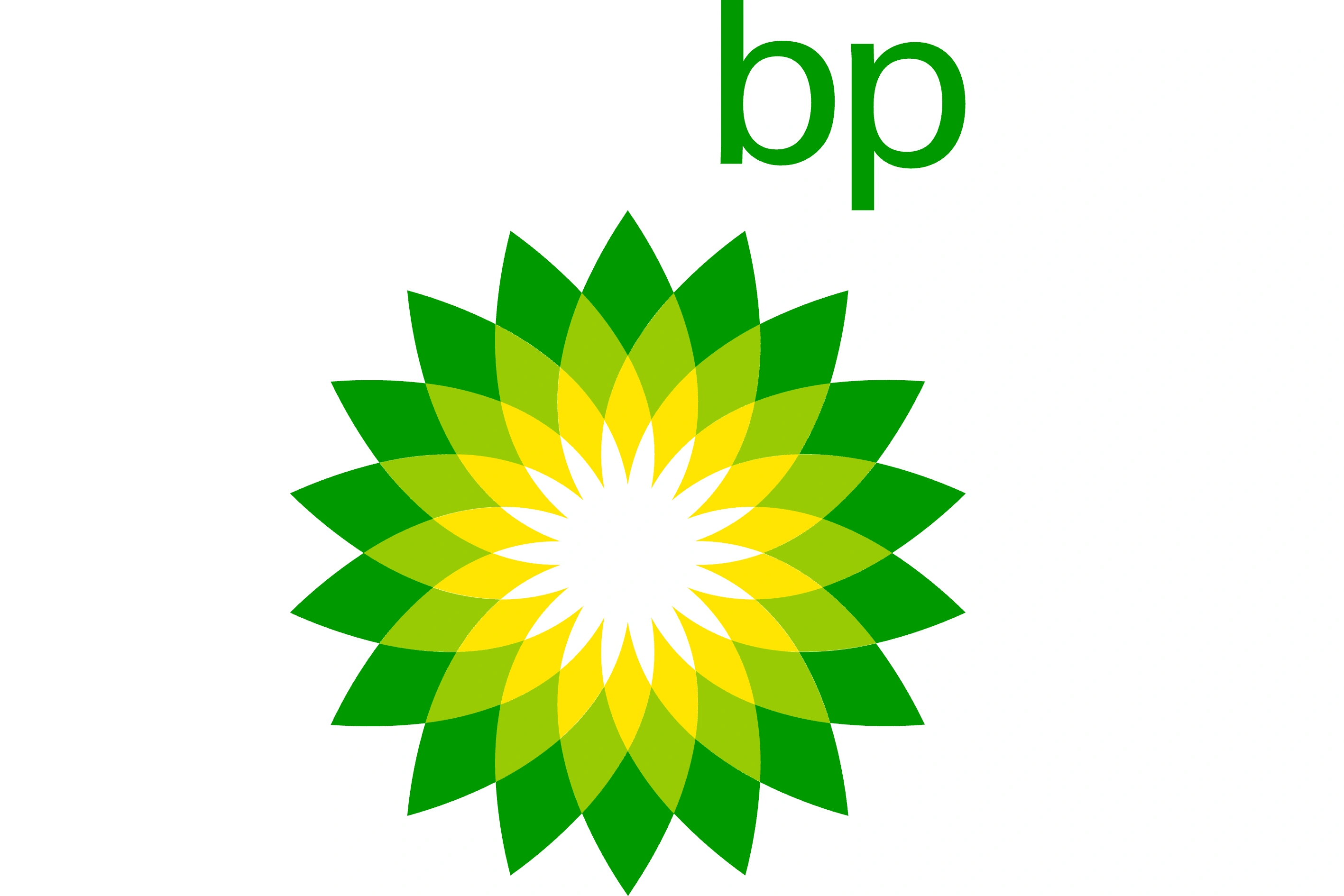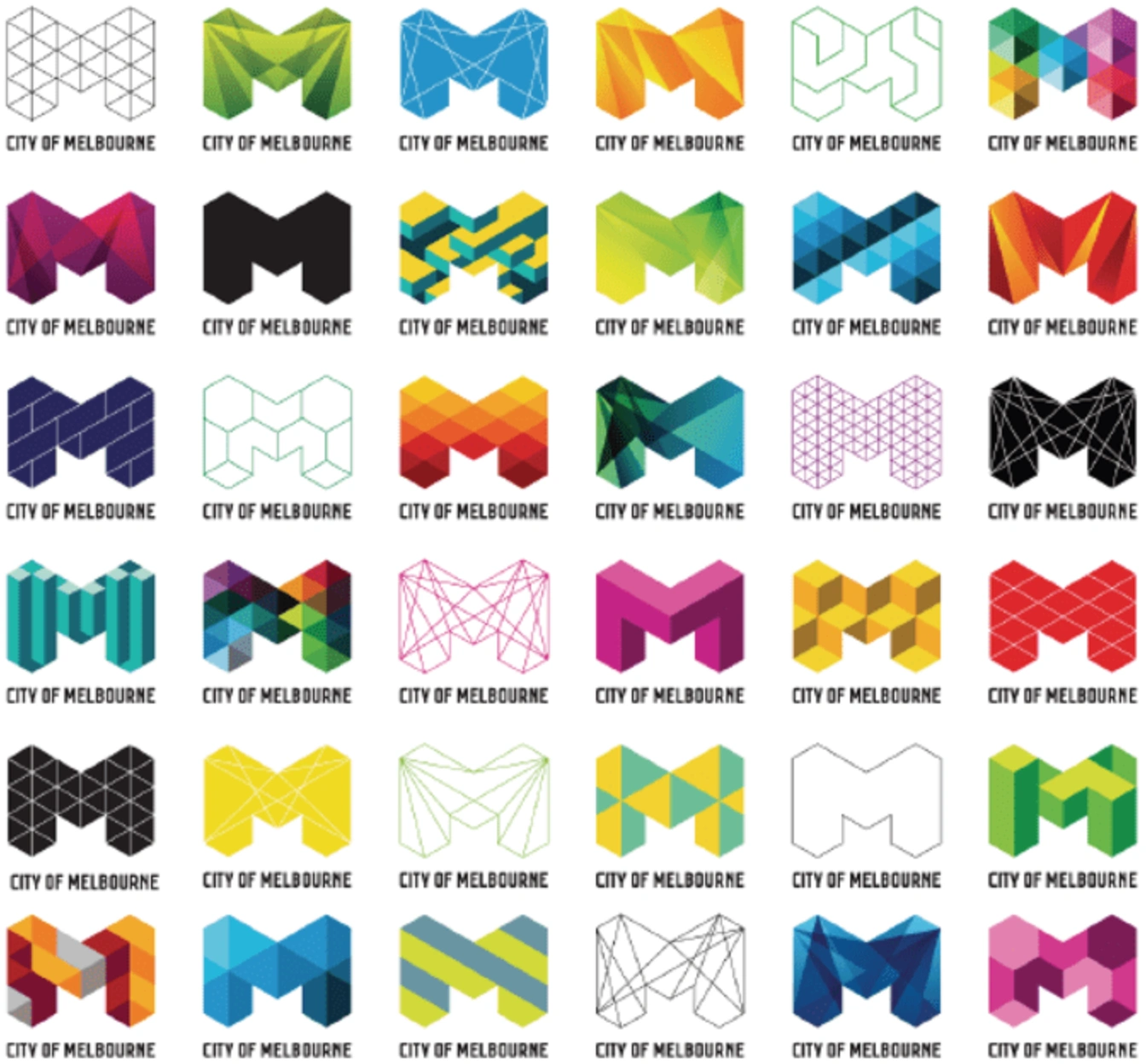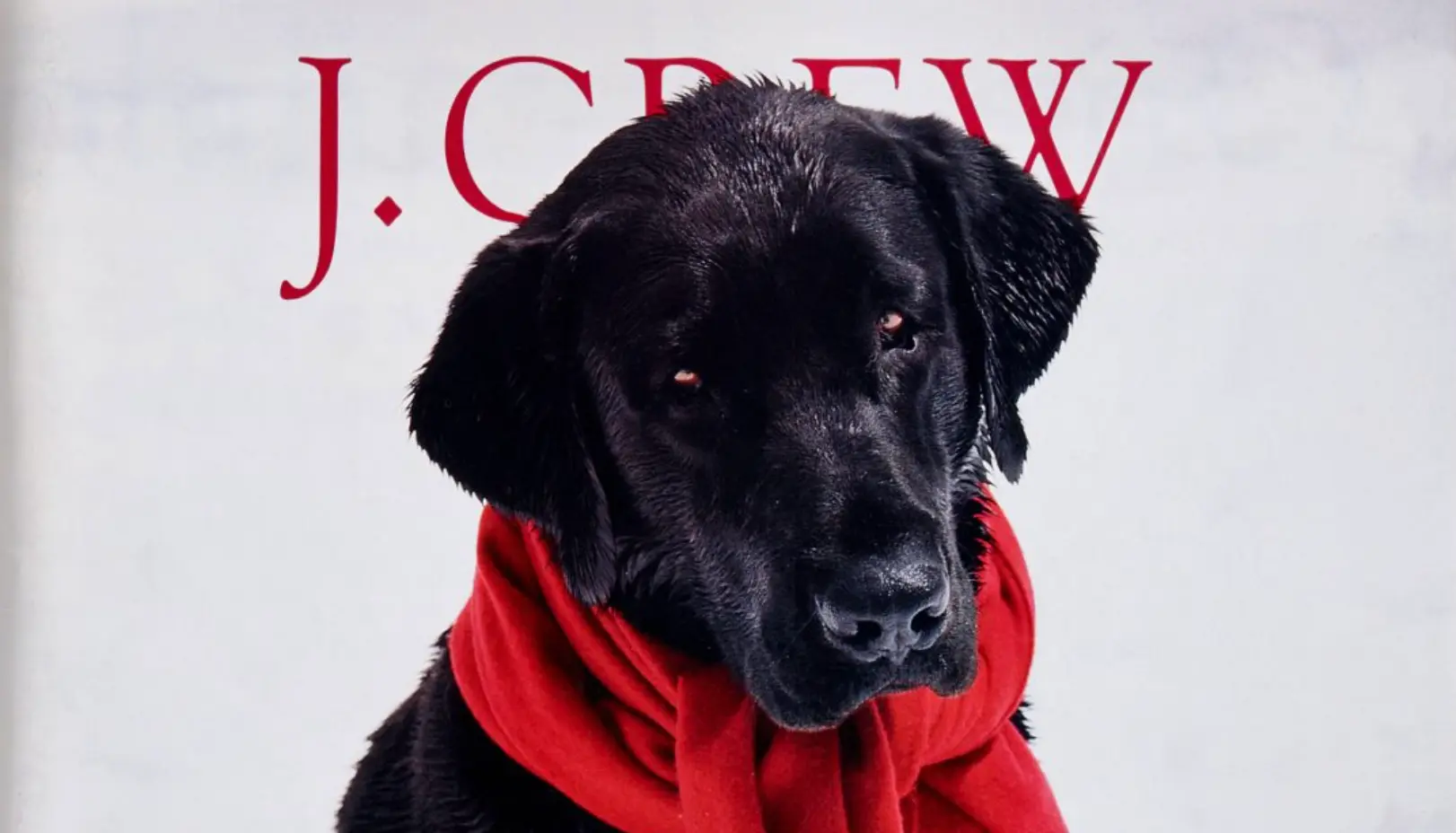The Most Expensive Logos of All Time: Beyond The Design Fee
Updated on
Published on
.webp)
What truly makes a logo cost $100 million? Is it just the drawing, or is it the global power it represents? We’re dissecting the total budgets for the world's most expensive logo projects to reveal exactly what companies paid for: strategy, signage, advertising, and a permanent place in global consciousness. Most figures below reflect full rebrands—strategy, design, legal, signage, packaging, digital, advertising and global rollout—making them the costliest company logos by total implementation, not studio time alone.
1) BP — Helios rebrand (2000): US$211 million total; ~US$4.6 million for the mark
BP’s shift to the green-and-yellow “Helios” wasn’t just a new emblem—it was a global repositioning to “Beyond Petroleum,” with massive conversion of stations, fleets and signage. A CPA Australia trade piece puts the rollout at US$211m, noting ~US$4.6m attributed to the logo design. The design itself is a bright, sunburst-like flower shape in green, yellow, and white, intended to evoke nature and energy.
- Evidence: “BP changed its logo… at a cost of US$211 million (US$4.6 million for the logo).” (INTHEBLACK)
- Context: Coverage after Deepwater Horizon often re-examined the cost and intent of the 2000 refresh. (Harvard Business Review)

2) Accenture — new name & identity (2000–01): ~US$100 million (plus ad push)
When Andersen Consulting became Accenture, the firm funded what The Guardian called a US$100m global rebrand—and simultaneously booked a US$175m ad investment to launch the name in 48 countries. The final logo is the name "accenture" in lowercase, with a distinctive greater-than symbol (>) placed above the letter 't' to signify forward momentum.
- Rebrand Cost: The firm funded what The Guardian called a US$100 million global rebrand, which primarily covered the cost of creating the new name and logo. (The Guardian)
- Ad Launch Investment: Simultaneously, the firm booked a US$175 million advertising investment to globally launch and establish the new name across 48 countries. (Investment Executive)
3) London 2012 Olympics — Wolff Olins logo (2007): £400,000 design
The jagged magenta 2012 emblem is frequently cited among the most expensive logos of all time—strictly on design fee—at £400k. Guinness World Records lists it as the most expensive Olympic logo; The Guardian reported the same figure amid the public debate when it launched. The highly abstract and angular design is meant to represent the date "2012," with the Olympic rings subtly placed within the shape.
- It has been reported at a cost of £400,000 to design. (Guinness World Records)

4) BBC corporate rationalisation (1997): ~£5 million to implement
The 1997 BBC logo, designed by Martin Lambie-Nairn, is an iconic piece of broadcast identity. While the design itself is often quoted around £1.7 million, the reported total spending was £5 million. This broader investment was made to consolidate "zillions of logos" across all BBC divisions, simplifying and standardizing the brand (Design Week). This enduring, minimalist design features the letters 'B-B-C' set in white, sans-serif typography, each enclosed in a solid black box.
- Design/Implementation Goal: The high initial spend was justified by the expected long-term savings from using simpler, black-and-white applications across all
5) Posten Norge / Bring (2008): NOK 300 million multi-year rebrand
Norway Post’s 2008 refresh (introducing Bring for logistics) budgeted NOK 300m over three years, with NOK 150m earmarked for development and launch in the first year—placing it among Europe’s costliest company logos once full rollout is included. The new postal logo features a simple, stylized graphic of a circle, symbolizing efficiency and speed.
- Rebranding was reported at a cost of NOK 300 million and NOK 150 million on development and launch.” (CEP-Research)

6) ANZ Bank (2009): A$15 million rollout
ANZ’s blue “human/lotus” symbol arrived with an Australia-wide and regional rollout budget of ~A$15m for buildings, tech and marketing in year one—confirmed in the bank’s own media materials and financial press. The mark consists of the bank’s abbreviated name, ANZ, next to an abstract, blooming symbol in blue that is interpreted to look like a human figure or a lotus flower.
- Rollout Scope: The A$15 million figure represented the cost of the full implementation across the bank's branches, digital platforms, uniforms, and advertising materials in the first year. (ANZ)
- Symbolism: The abstract blue symbol was designed to be versatile, representing the bank's core regions (Australia, New Zealand, and Asia Pacific) while also conveying growth (like a lotus) and customer focus (like a human figure).
7) City of Melbourne (2009): A$200,000 (design + development)
Landor’s modular “M” (over 100 variations) is a city-branding staple. The logo is a sharp, abstract, geometric capital 'M' rendered in dynamic shades of green and blue to represent a modern, vibrant city. Contemporary coverage itemised A$200,000 making it one of the world’s most expensive logo designs for a municipality—by documented line items. (Fast Company)
- Branding Purpose: The design replaced around 50 different departmental logos, aiming to consolidate Melbourne's identity under a single, versatile, and modern visual system. (Dot Design)

8) BBC News look refresh (2008): £550,000
Separate from the 1997 corporate mark, the BBC News package (titles, symbol, on-air system) relaunched in 2008 at £550k, underscoring how broadcast identity often bundles motion systems and music with the graphic mark. The package introduced a clean, simple digital clock and a globe-like news symbol rendered in cool colors, moving away from the previous look.
- Broadcast Identity Scope: The £550k cost covered a complete overhaul of the on-air system, including motion graphics for titles, the news ticker, music, and the overall look of the screen. (The Guardian)
Notes on Methodology
- Figures above cite reliable outlets and trade sources; several totals include implementation (signage, packaging, uniforms, interfaces, media) rather than a logo drawing fee alone—why many “expensive logos” are, in practice, expensive rebrands.
FAQ
What is the single most expensive logo on record?
Among design-only fees, London 2012 at £400k is a verified high; full-program rebrands like BP’s US$211m cost far more once rollout is included.
Why do “logo costs” vary so wildly?
Because totals often bundle research, legal, packaging, signage, software, media, and multi-year implementation—well beyond a designer’s fee.
Are these the world’s most expensive logo designs or full rebrands?
Both appear: we’ve labeled where costs cover design only (e.g., London 2012) versus full rebrand (e.g., BP, Posten, ANZ).
Beyond the Brushstroke
The price tags attached to the world's most famous logos—from BP's $211 million to Accenture's combined $275 million launch—are misleading. They are not merely receipts for a graphic file. Instead, these massive figures represent the full cost of global corporate metamorphosis: strategic overhauls, massive signage conversion, legal protection, and multi-platform advertising blitzes. The true expense isn't the drawing; it's the cost of commanding instant recognition and buying a permanent seat in the global consciousness. You can do this without the fortune behind these logos, by following our logo redesign guide and really embracing your brand through design!







